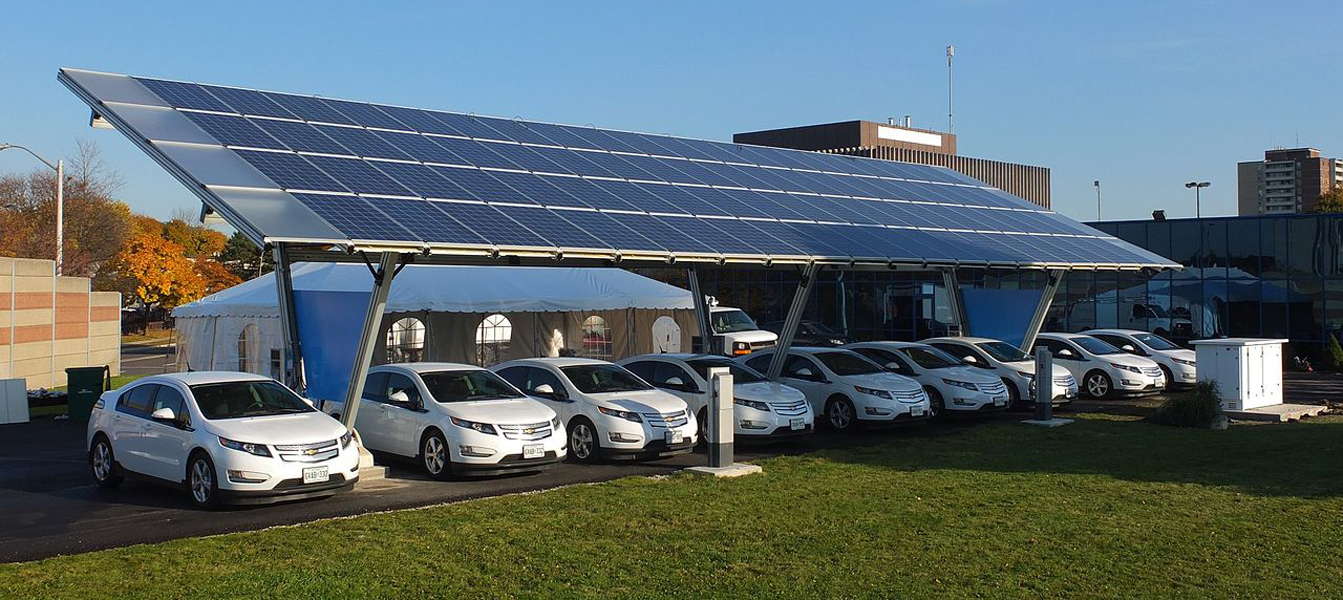As reported by Engadget: President Obama has proposed a $10 per-barrel tax on oil to fund cleaner mass transit and cleaner vehicle research. The plan, laid out in a fact sheet, is a "smart, strategic integrated investments to help reduce carbon pollution, strengthen economy" according to the White House.
The fact sheet notes that 30 percent of the nation's green house gas emissions come from public transportation. The proposed tax is expected to increase investment in a clean transportation by 50 percent.
That includes $20 billion per year raised by the new tax being used to fund public transportation to reduce traffic and pollution. While approximately $10 billion per year will be used to fund cities and states that come up with solutions for cutting emissions. About $2 billion will be allocated for clean and autonomous vehicle research.
As expected, the oil industry is not amused. American Petroleum Institute CEO Jack Gerard issued the following statement: "The White House thinks Americans are not paying enough for gasoline, so they have proposed a new tax that could raise the cost of gasoline by 25 cents a gallon, harm consumers that are enjoying low energy prices, destroy American jobs and reverse America's emergence as a global energy leader." He continued,"On his way out of office, President Obama has now proposed making the United States less competitive."
The proposal will have a tough time in the Republican controlled House and Senate. Actually, there's a good chance it's going to die rather quickly once it leaves the White House.

The fact sheet notes that 30 percent of the nation's green house gas emissions come from public transportation. The proposed tax is expected to increase investment in a clean transportation by 50 percent.
That includes $20 billion per year raised by the new tax being used to fund public transportation to reduce traffic and pollution. While approximately $10 billion per year will be used to fund cities and states that come up with solutions for cutting emissions. About $2 billion will be allocated for clean and autonomous vehicle research.
As expected, the oil industry is not amused. American Petroleum Institute CEO Jack Gerard issued the following statement: "The White House thinks Americans are not paying enough for gasoline, so they have proposed a new tax that could raise the cost of gasoline by 25 cents a gallon, harm consumers that are enjoying low energy prices, destroy American jobs and reverse America's emergence as a global energy leader." He continued,"On his way out of office, President Obama has now proposed making the United States less competitive."
The proposal will have a tough time in the Republican controlled House and Senate. Actually, there's a good chance it's going to die rather quickly once it leaves the White House.













